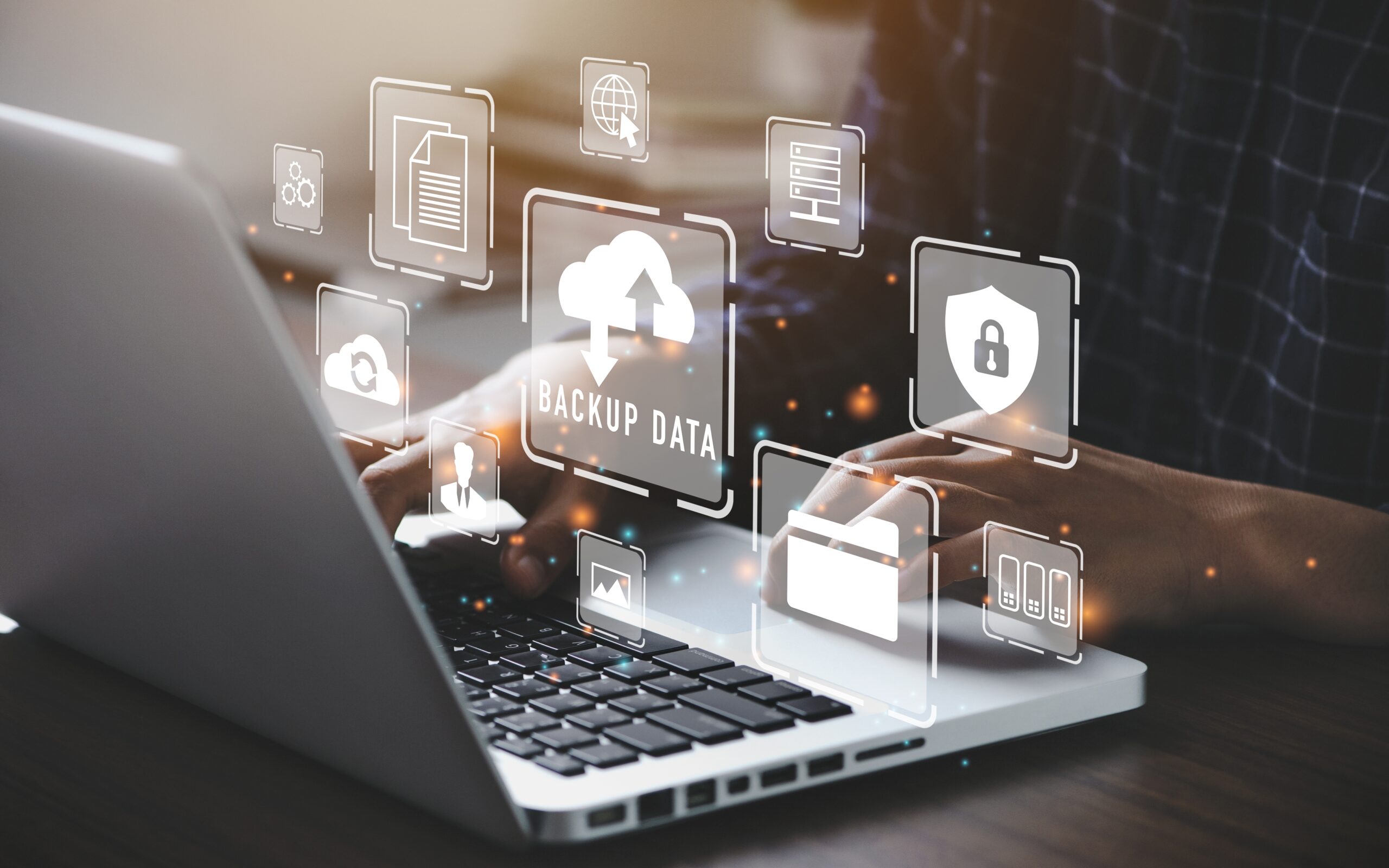Cybersecurity is a growing concern for individuals and organizations alike, as the number and sophistication of cyber threats continue to rise. With the increasing reliance on technology and the internet, it is more important than ever to protect against cyber-attacks and to adopt best practices to ensure the security of your data and systems.
With cyber incidents such as the recent ransomware attack on Rackspace’s Exchange servers, 2022 has been a big year for cybersecurity – and undoubtedly, it’ll be the same for 2023. Here are five cybersecurity best practices that can help you improve your company’s cybersecurity posture into the new year:
- Keep software up to date – One of the most important cybersecurity best practices is to keep all software and systems up to date. This includes operating systems, security software, and applications. Many software updates include security patches that fix vulnerabilities that could be exploited by hackers. By ensuring that all software is up to date, you can help to protect against potential attacks.
- Improve your company’s password policies – Requiring users to frequently change their passwords and imposing very strict password requirements may sound like a good idea at first, but studies have shown that such policies result in less overall security. Users end up creating passwords that are only slight variations from previous passwords, use the same password multiple times – or worse, some write down complex and hard to remember passwords on post-it notes in clear view for everyone to see! The best practice is to use strong, unique passwords for all of your accounts. This is especially important for accounts that contain sensitive information, such as financial or personal data. It is also a good idea to use a password manager to store and generate strong passwords, as well as to help you keep track of all of your passwords.Another important cybersecurity measure is to use two-factor authentication (2FA) whenever it is available. This adds an extra layer of security to your accounts by requiring a second form of authentication, such as a code sent to your phone or a security token. This makes it much harder for hackers to gain access to your accounts, even if they have your password.
- Conduct employee training – Social engineering and phishing remains that most popular way cybercriminals can gain access to a company’s email or computer network. Another best practice is to be aware of phishing scams, which are fraudulent emails or websites that try to trick you into revealing sensitive information or downloading malware. To protect against phishing scams, be cautious when clicking on links in emails or on websites, and never provide personal or financial information unless you are sure that the website is legitimate. In addition to these individual measures, it is also important for organizations to have strong cybersecurity policies and procedures in place. This includes training employees on how to identify and avoid cyber threats, as well as having systems in place to detect and respond to attacks. It is also a good idea for organizations to work with a cybersecurity expert to assess their vulnerabilities and implement additional measures as needed.
- Remove old users / devices from the company’s networks – it’s common for a company’s network to accumulate an increasing number of users and devices over the years. However, dormant user accounts can possibly pose a huge security risk to the rest of the network. Unused devices are unlikely to have the latest security patches installed or are protected by a password that has since been exposed in a breach. It only takes a cybercriminal access to one
- Partner with a cybersecurity-focused IT company – Your office building has security features such as alarms and fire suppression systems, why wouldn’t your IT infrastructure have the same level of safety and security? Partnering with an IT company that understands the needs of your business and goes beyond simply fixing broken computers is a must in this digital business landscape.
Overall, cybersecurity is an essential concern for individuals and organizations in today’s digital age. By adopting best practices such as keeping software up to date, using strong passwords and two-factor authentication, protecting against malware, backing up data, and being aware of phishing scams, you can help to ensure the security of your data and systems.







